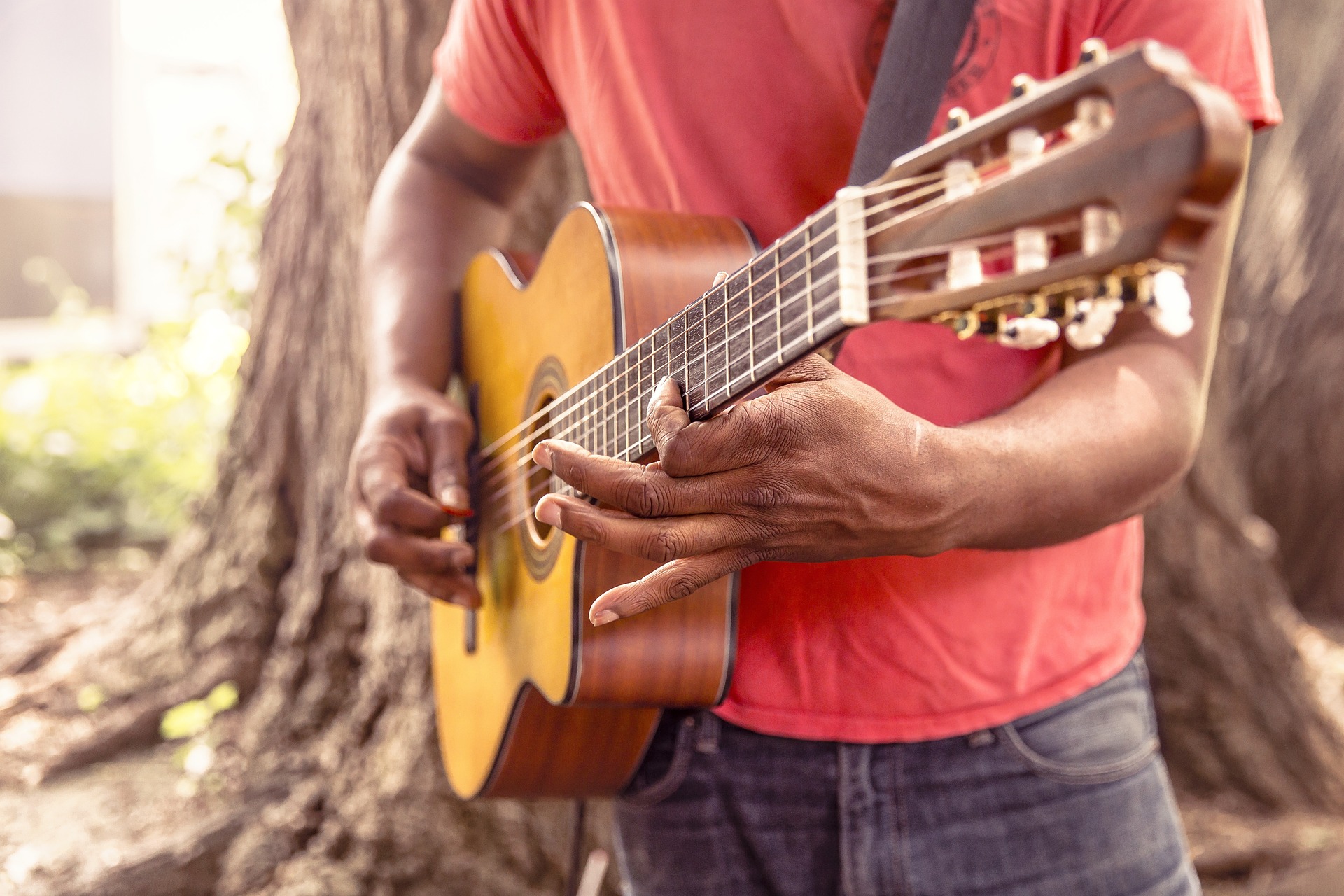The guitar is a global instrument that transcends cultural boundaries, finding its place in various musical traditions around the world. Each culture has adopted the guitar in unique ways, blending it with local styles and influences. In this article, we will explore the role of the guitar in different cultures and how it has shaped their musical landscapes.
1. Flamenco in Spain: In Spain, the guitar is an integral part of flamenco music, a passionate and expressive art form that combines singing, dancing, and guitar playing. Flamenco guitarists use intricate fingerpicking techniques, rapid strumming, and percussive tapping to create the distinctive sound of the genre. The guitar serves as both a melodic and rhythmic instrument, accompanying singers and dancers in performances. Renowned flamenco guitarists like Paco de Lucía have elevated the genre, showcasing its depth and complexity.
2. Brazilian Bossa Nova: Bossa nova, a genre that emerged in Brazil in the late 1950s, blends samba rhythms with jazz harmonies. The guitar plays a central role in bossa nova, characterized by its soft, syncopated strumming patterns and intricate chord progressions. Iconic songs like “The Girl from Ipanema” highlight the guitar’s melodic versatility. Guitarists like João Gilberto and Antonio Carlos Jobim have been instrumental in popularizing bossa nova, influencing musicians worldwide.
3. American Blues: The guitar is at the heart of American blues music, a genre rooted in African American musical traditions. Blues guitarists use techniques such as slide guitar, fingerpicking, and bending notes to convey deep emotions. The twelve-bar blues progression is a hallmark of the genre, providing a framework for improvisation. Legendary blues guitarists like Robert Johnson, Muddy Waters, and B.B. King have shaped the sound of blues, influencing rock and popular music.
4. Indian Classical Music: In Indian classical music, the guitar has found its place alongside traditional instruments. While the sitar and tabla are more commonly associated with Indian music, the guitar has been embraced by contemporary musicians. Fusion artists like Ravi Shankar and John McLaughlin have incorporated the guitar into their performances, blending Indian classical elements with Western styles. This cross-cultural exchange has enriched both musical traditions.
5. African Music: In many African cultures, the guitar is used in various forms, often blended with traditional instruments and rhythms. For example, the ngoni, a traditional African lute, shares similarities with the guitar. In countries like Mali, the guitar is used in styles such as griot music, where musicians tell stories through song. The guitar has become a prominent instrument in contemporary African music, with artists like Ali Farka Touré gaining international recognition.
Conclusion: The guitar’s adaptability and versatility have allowed it to thrive in diverse cultural contexts. From flamenco in Spain to bossa nova in Brazil, blues in America, and fusion in India, the guitar continues to shape and enrich musical traditions worldwide. As musicians explore different cultures, they can draw inspiration from the unique ways the guitar is used, fostering creativity and collaboration across borders.
